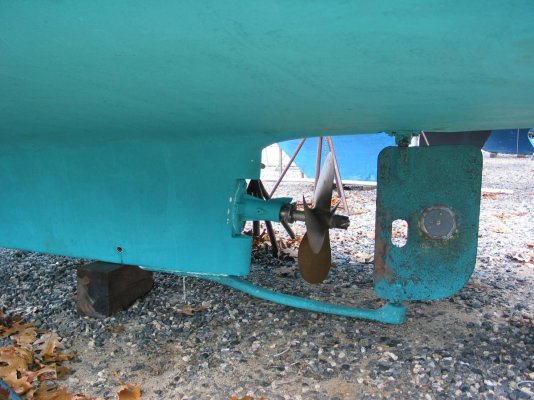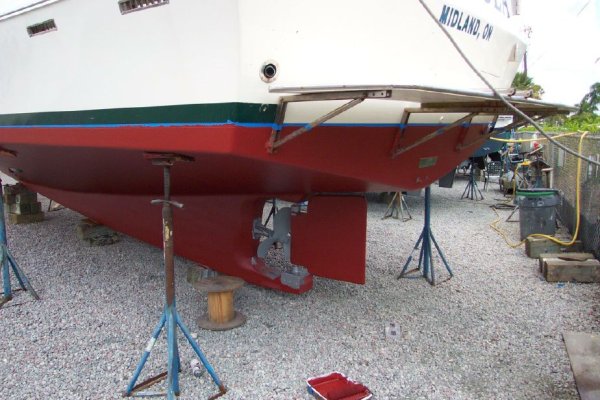R_p_ryan
Senior Member
- Joined
- Dec 11, 2014
- Messages
- 171
- Location
- USA
- Vessel Name
- Shellbourne
- Vessel Make
- 1978 Mainship 34 Perkins T6.354
What are the best upgrades for the Perkins T6.354, or is there a page dedicated to this topic already? With over 1M motors produced I'm assuming there's a lot of knowledge about keeping these engines in top shape, optimizing reliability, efficiency, performance and maintainability.
For example, I have seen the following:
I am very interested in all the different modifications that have been done and how they affect the motor.
Thanks,
Robert Ryan
For example, I have seen the following:
- Spin-on fuel filter at fuel pump
- Upgrade head gasket
- Single-piece wet elbow with EGT
- Upgrade turbo to H1C
- Secondary electric lifter fuel pump as primary is a point of failure
- Put exhaust manifold in fresh water circuit
I am very interested in all the different modifications that have been done and how they affect the motor.
Thanks,
Robert Ryan




